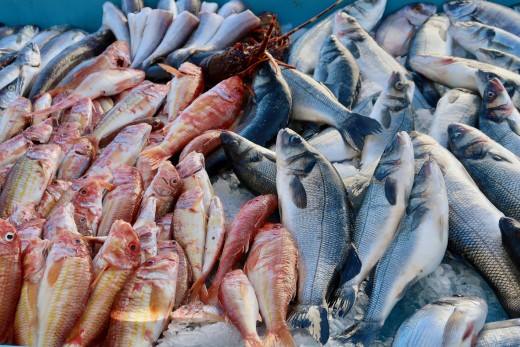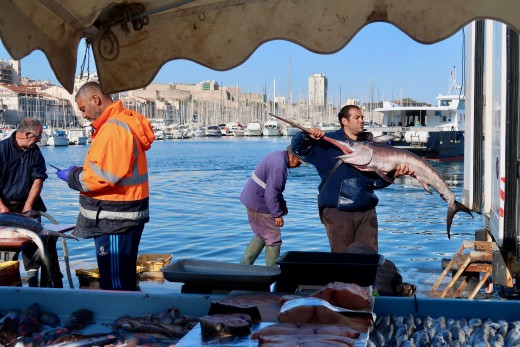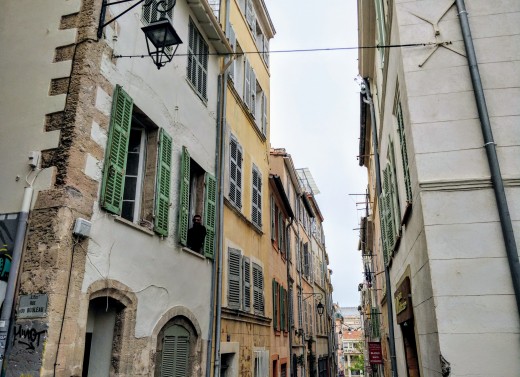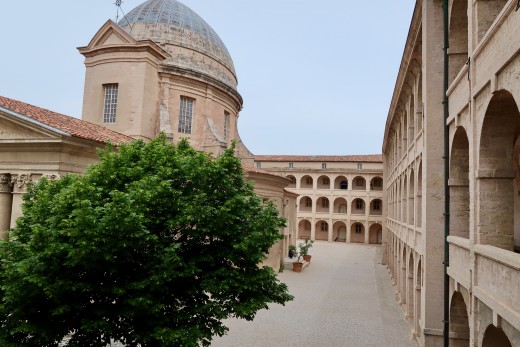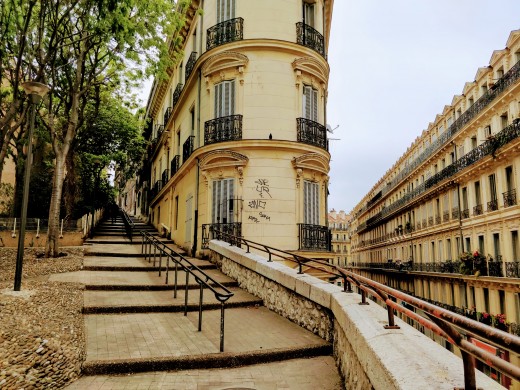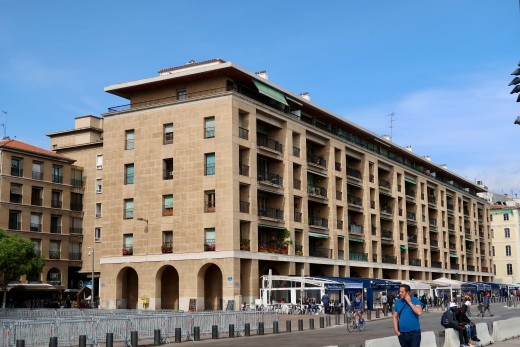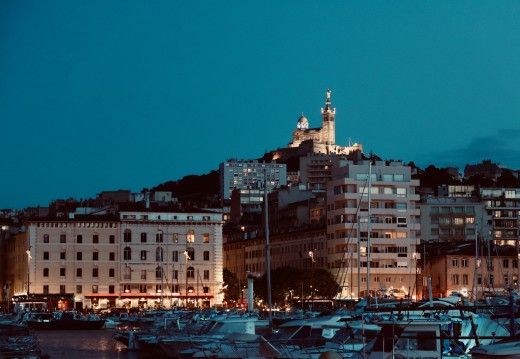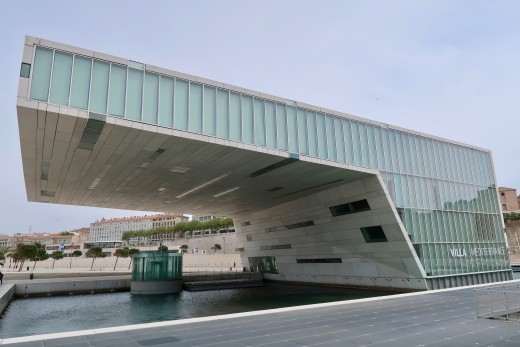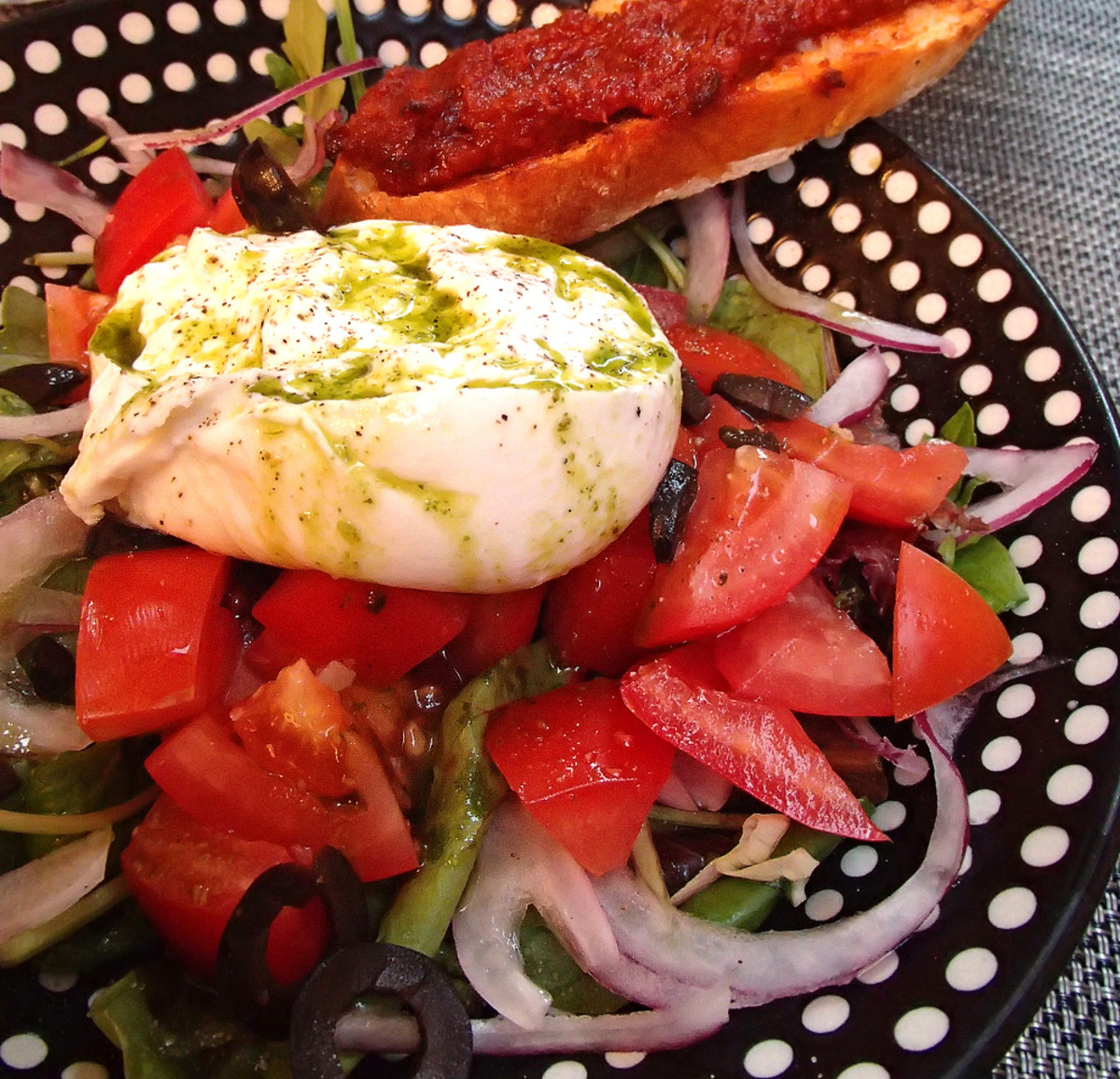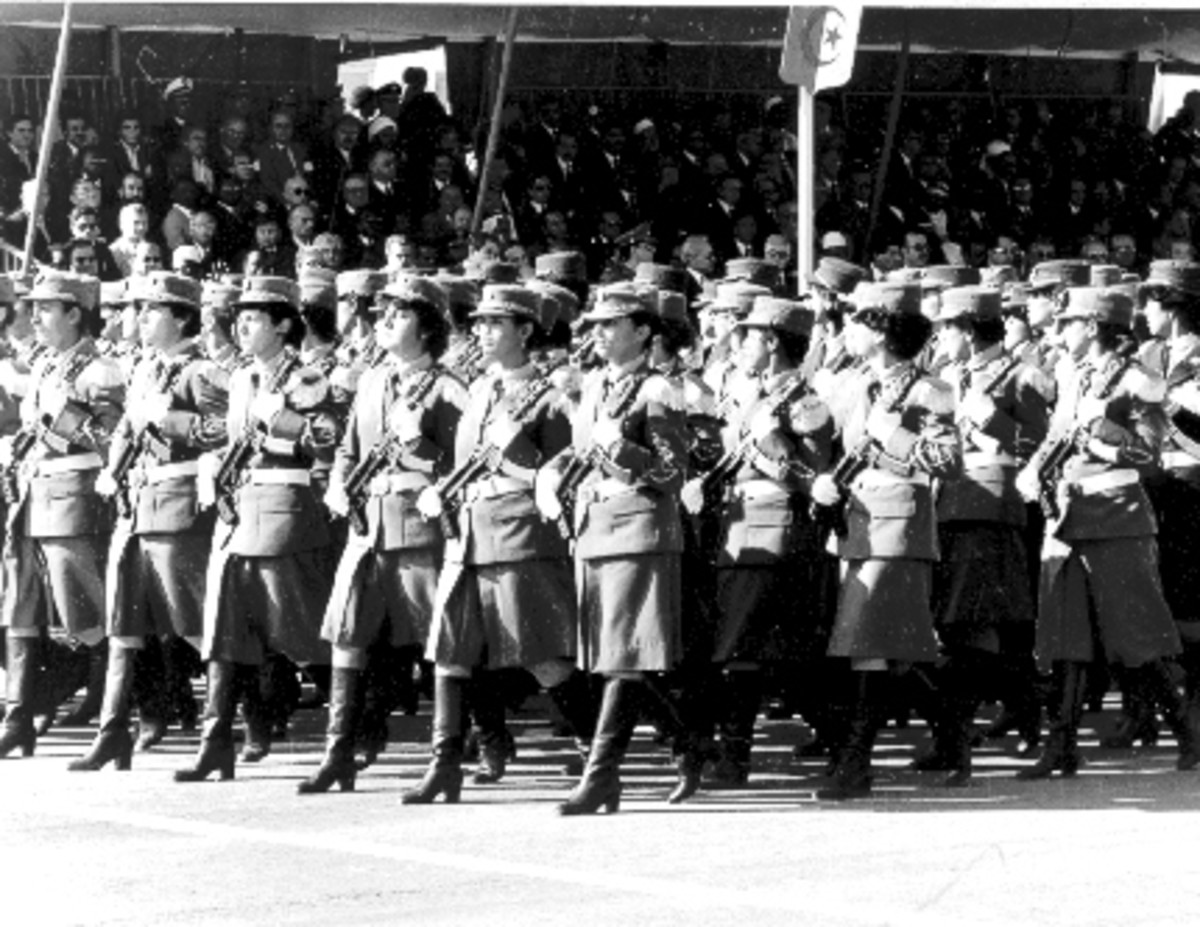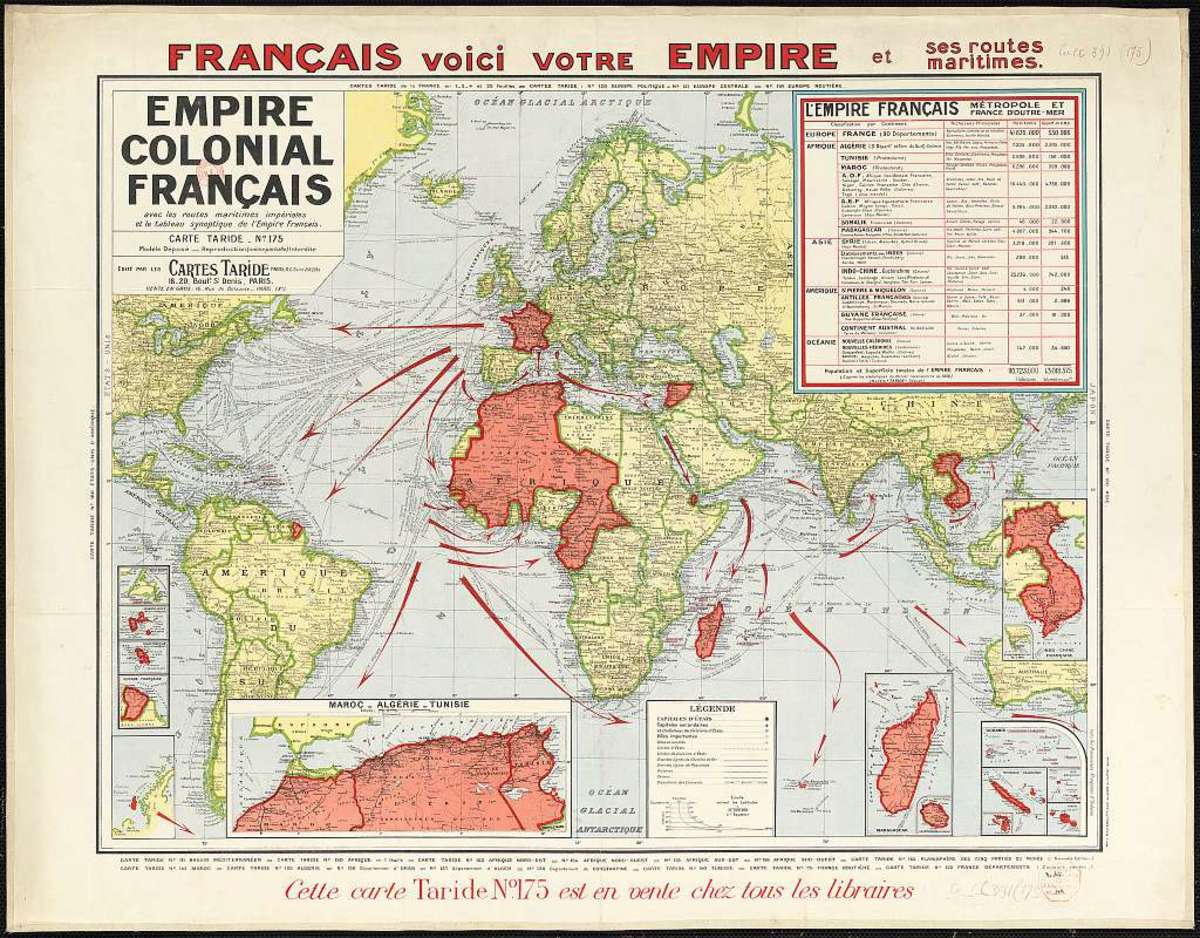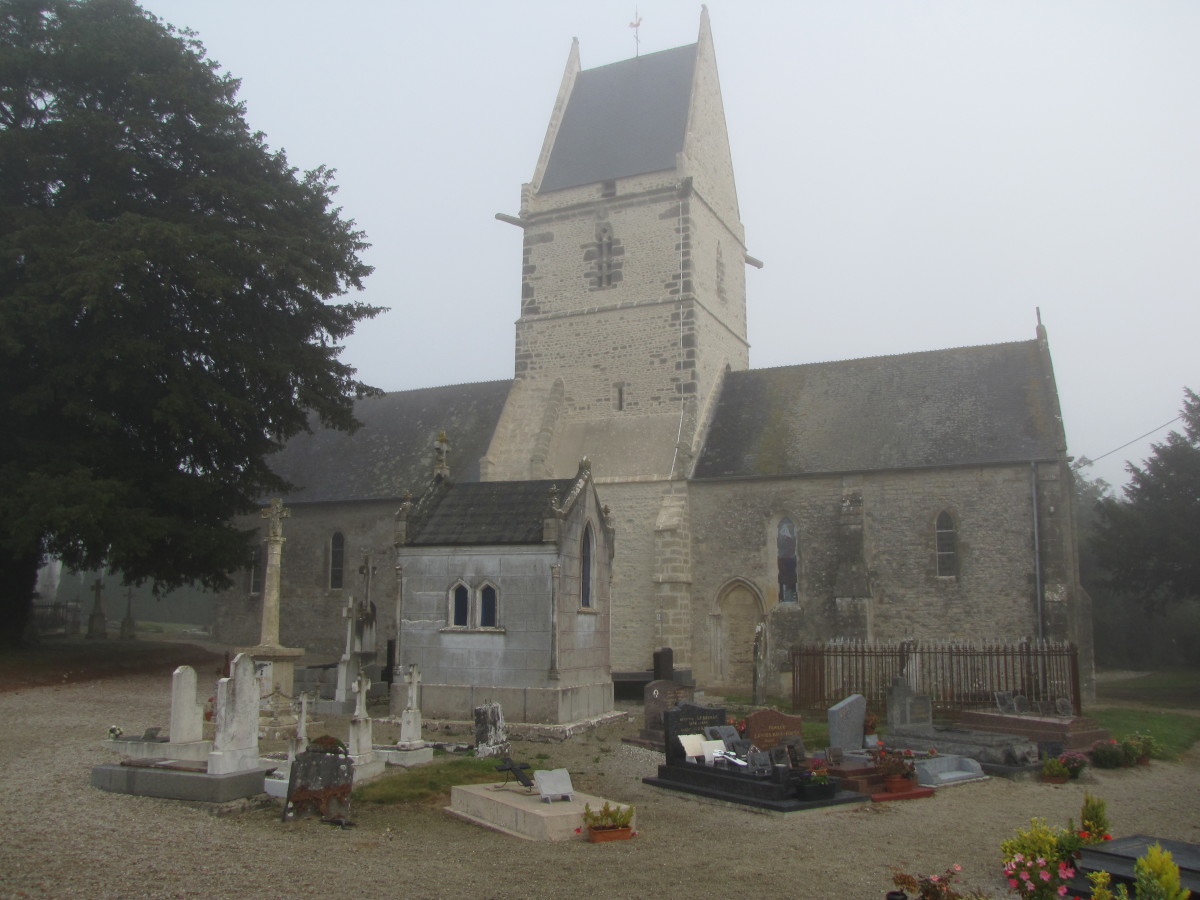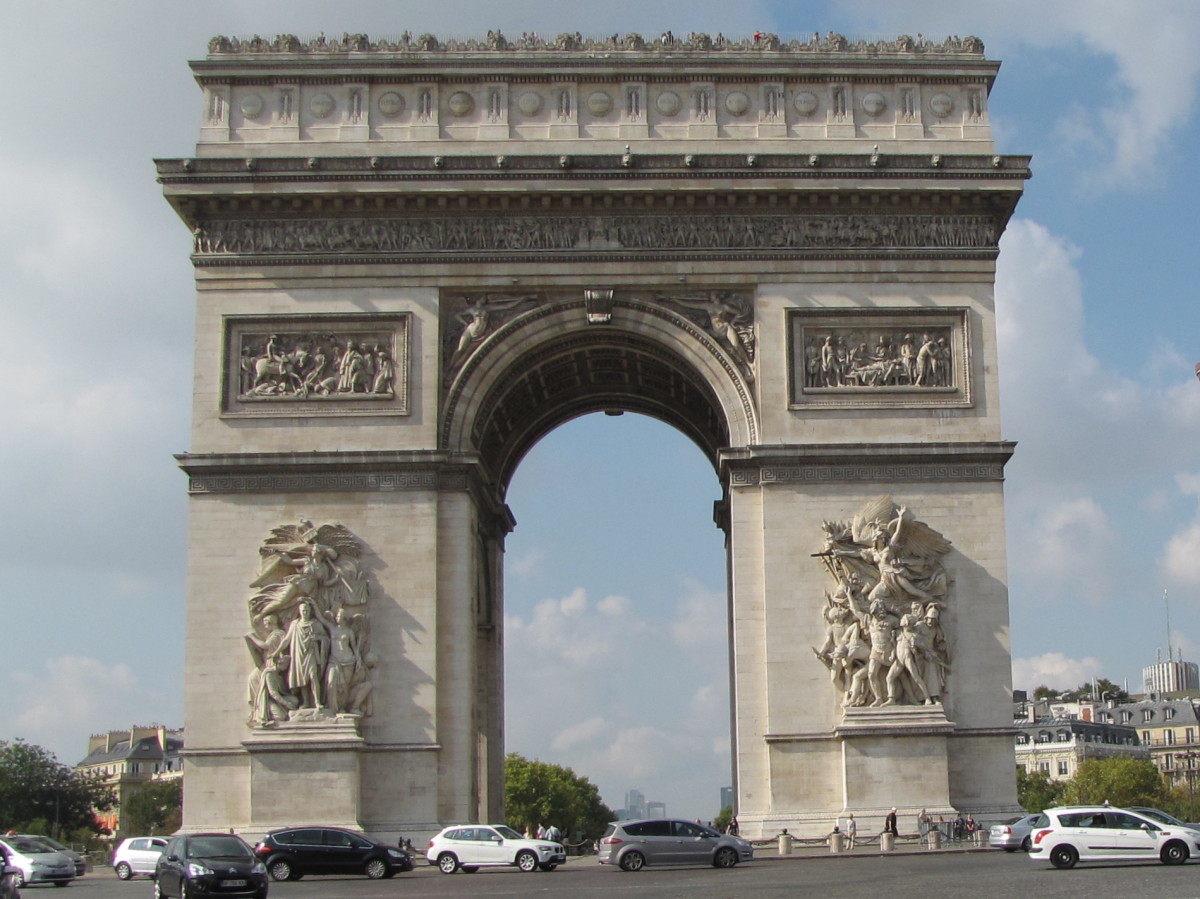The Best Things to See and Do in Marseille, France
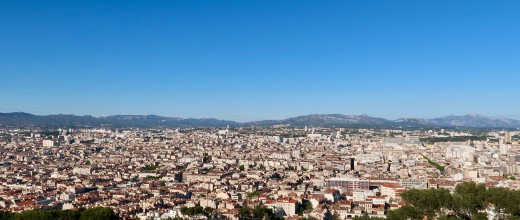
Introduction
Marseille has plenty to offer for a city break and here I will go over some of the best things to see and do in France’s second city. It has a strong independent, and multicultural identity, having fought to retain its status as a free city many times. Always a home to refugees and migrants it has a strong North African flavour, France's rough rogue to Paris’s suave sophistication.
Marseille is the oldest and second biggest city in France with 1 million inhabitants, around 600 BC Greek marines founded the city by starting trade from the Vieux Port (Old Port). In the 1970's and 80's the city had somewhat of a bad reputation when it was struggling with unemployment and crime.
Nowadays the city has been mostly cleaned up but luckily it hasn’t lost any of its rough round the edges charm. If you plan to walk around the city get ready for some steep hills and great views.
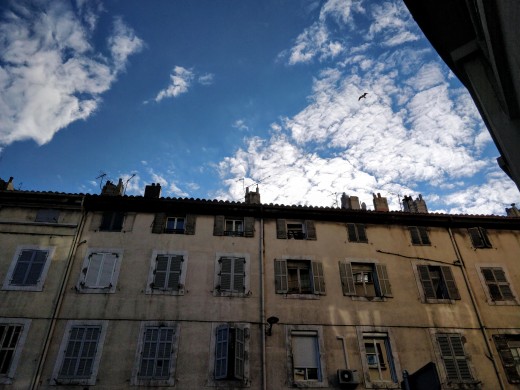
Great Things to See and Do in Marseille, France
- The Old Port (Vieux Port)
- The Old Town (Panier)
- The Seafront
- Joilette
- Eastern City
- Outside of the City
- Getting There and Getting Around
- General Information



The Old Port
The Old Port (Vieux Port) is the place most visitors should start. The Port is the beautiful beating heart of the city and has been for millennia, and it's here that you can see the city go about its business.
There is a market beside the water that sells to tourists but if you come early in the morning there is a fish market at the front beside the metro station where the nightly catch is unloaded to be sold. The choice is wide with some fish familiar and enticing and some downright scary!
Around the port are hotels, cafes, bars and restaurants that really come alive in the evening, with families and young people taking a stroll, buskers, diners and partygoers it feels like Marseilles’ living room.
Marking the entrance to the metro station is the Ombrière. It is a huge polished mirror roof 22x48 meters floating 6m above the ground. From here you can get a ferry to the Chateau d’If & Frioul Islands, also you can find private tour operators who will take you by boat to Calanques National Park from here.
A great place to have a drink and watch the world go by or find some food is Cours Honoré d'Estienne d’Orves which is on the South side of the harbour just a block behind. It has much more of a local vibe and a great range of places to sit and have a drink or a bite.





The Old Town
The old town or Panier rises up from the North of the Old Port. The area was first settled by the Greeks when they founded the city of Massalia so it's as old as the old port below. Over the years it was often a historic refuge for seafarers and immigrants and perhaps partly because of this the Nazis destroyed some of it during WWII but much of it survived and some rebuilt, it now thrives with lots of beautiful narrow cobbled streets that might open up into a square with a cafe at any moment. It’s haphazard and colourful but not contrived and full of accidental discoveries to be made.
In the area of the Panier is also La Vielle Charité. A building taking up the size of a block it was built in 1749 by Pierre Puget a local boy made good as a gift back to the place he grew up to house the homeless and destitute. This is well worth a view, its been cleaned up and now used for a number of different cultural and educational bodies including The Museum of Mediterranean Archaeology. It's a calm and restful place to come.
Near the Central Station is the Espace Fernand Pouillon a museum dedicated to a local hero and Architect Fernand Pouillon. He had a fabulously wild and varied life, here is just a taste of it.
As one of the Architects of the rebuilding of Marseille after WWII he boasted he could build 200 apartments in 200 days and did it. Then he made a similar project in Algeria for 1600 apartments in 365 days. In Paris after this he tried to do the same but was imprisoned for working both as a contractor and architect on the same project which was deemed illegal at the time. He escaped from Prison with the help of his brother, to Algeria. He then returned to France to assert his innocence in a sensational trial for the time.
The court ruled him innocent of his original crime but sentenced him for escaping. This time in prison Pouillon spent his time writing a novel The Savage Stones (Les Pierres sauvages), which won a major French literary prize in 1964. Out of Prison he went back to Algeria and worked extensively in projects in Algeria and also in France. He was awarded the Legion of Honour in 1985 for his architectural contributions to France.
Pouillon married four times during his life and fathered six children. He converted to Islam in order to marry an Iranian princess, but then changed his mind about it at the last minute and returned to France to marry Vera, the mother of his daughter, Catherine.
On the other side of Panier from the harbour on the highest peak of the very hilly Marseille is Notre Dame de la Garde, La Bonne Mère or the Good Mother is the symbol of Marseille. Start walking up from the old harbour’s South side and you will walk up steep streets like you were in San Fransico until you reach the top of the hill bare but for the Church. You will be rewarded with a beautiful view over the city. The church is also worth a visit.




The Seafront
Marseille Cathedral on the waterfront is a pure explosion of Romanesque Byzantine Baroque. This striped confection despite its very over the top style just about manages to keep it classy, and it's beautiful and peaceful on the inside!
La Villa Mediterranee is a public building which houses research, documentation and projects that concern the environmental condition of the Mediterranean sea. The building is closed for two years from 2018, in order to transform its basement floor into a full-scale reproduction of the prehistoric Cosquer caves.
The MuCEM or Musée des civilisations de l'Europe et de la Méditerranée was the symbol of the new face of Marseille when it was European City of Culture in 2013 and it's the highlight of the sights at the Seafront. It's devoted to European and Mediterranean civilisations and contains a permanent collection charting historical and cultural cross-fertilisation in the Mediterranean basin, it also hosts other temporary exhibitions. The Building is quite beautiful in its starkness. It's a black concrete perforated box that sits with the turquoise blue Sea lapping around it, the external black facade is shaped like plant or tree branches allowing light to pass through into the glazed building behind.
Between the concrete lattice and the glass inner wall is a public route around and up through the building which you can pass through and come unto the roof and cafe of the Museum and over the black bridge to the old harbour fortifications. It's a poetic, grand and beautiful processional walk that should not be missed.
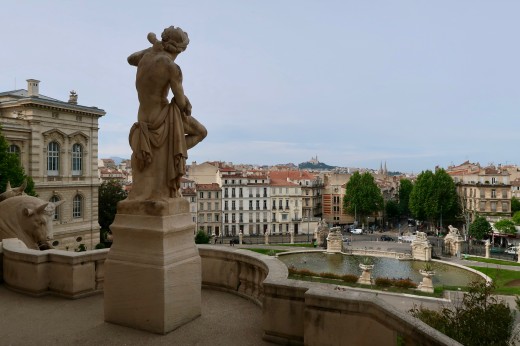
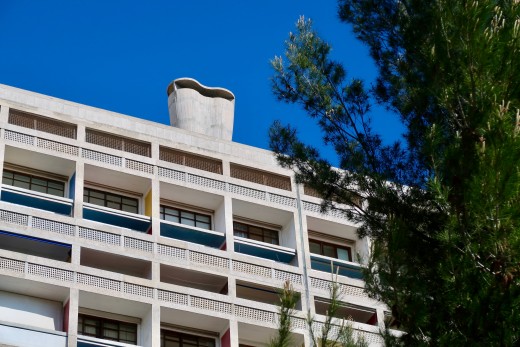
The Eastern City
Going Inland from the port and the coastline you cannot miss Palais Longchamp and the surrounding Longchamp Park. The park is framed by the Musée des beaux-arts and the Musée d’histoire naturelle de Marseille. The park is beautiful and peaceful with an elaborate fountain known as the château d’eau (“water castle”) fronting it between the two museum buildings. It's a beautiful set piece and climbing the stairs you get a peak over the roofs of Marseille to the sea beyond.
Noailles named the belly of Marseille, is famous for its daily market on la Rue du Marché-des-Capucins. This quarter is like walking through a Moroccan souk in the middle of Marseille for a taste of North Africa. In order to understand Marseille’s multi-ethnic vibe you have to see Noailles, the area dubbed as the Arabic Quarter. Once in Noailles, you must visit aromatic spice shops, relax with a glass of mint tea, explore the outdoor market and tuck in and out of shops selling produce like Turkish lokum, Tunisian zlabias, Algerian kesra, and Moroccan tagine. Noailles truly shows the multicultural face of France.
Cours Julien is one of Marseille’s most trendy neighborhoods. This is regeneration of inner-city centers at its best – although it’s still edgy and rough around the edges. Here you can admire the street art, wander the indie shops and second-hand retro stores, and enjoy the local bottled brews.
Belsunce is one of the districts of Marseille located in the city center, near the Canebière. It owes its name to Bishop Belsunce of Marseille, who showed remarkable energy during the epidemic of the plague. It is the home of Marseilles well know rap and hiphop culture.
Friche de la Belle de Mai or La Friche was born out of the ashes of the Seita tobacco factory and today it is a place of creativity and innovation. It is both a work space for the 70 on site organizations and cultural dissemination and events. La Friche la Belle de Mai is a multi-faceted public space comprising a sports area, restaurant, 5 concert venues, shared gardens, a bookshop, a daycare, exhibition space, roof terrace, and a training centre.
La Cité Radieuse is Le Corbusier’s first Unité d’Habitation and arguably the most influential Brutalist building of all time. With its human proportions, chunky pilotis and interior “streets”, it redefined high-density housing by reimagining a city inside an 18-storey slab block. Completed in 1952 in Marseille, the building took Le Corbusier’s most famous quote – that a house is “a machine for living in” – and applied it to an entire community. The result was a self-contained concrete vessel that is structured like an ocean liner. It now contains as well as apartments and a school, gallery, swimming pool, shops and a hotel with bar, a must for anyone interested in Architecture.

Joilette
Joliette used to be a run-down area where the big ferries come in and out of town, but it’s now part of the biggest regeneration area in Europe (Euroméditerranée project) and has had lots of funding to build new houses, bars and shops. Les Terrasses du Port a large shopping mall has many places to eat or have a drink looking out over the Mediterranean sea. There are lots of lovely restaurants along the seafront and nice bars too. The arts center, Le Silo is also here and is a great place to take in a concert.
The CMA CGM Tower is a 147m tall skyscraper in Euroméditerranée, the central business district of Marseille. Designed by Zaha Hadid, it is the headquarters for CMA CGM, a major shipping firm which hosts 2,200 employees. It is intended to interact with other landmarks of the city including the Château d’If and the basilica of Notre-Dame de la Garde.
La Marseillaise is a skyscraper by French Architect Jean Nouvel with a concrete facade painted in 27 shades of red, white and blue in celebration of the port city’s history. The 135 meter-high tower, which is named La Marseillaise, is situated in Euroméditerranée, an emerging business district on Marseille’s waterfront.
Euromed is four office buildings, capable of accommodating about 3,400 people; a four star 210-room hotel with a swimming pool, solarium terrace, and fitness center; a pedestrian street with shops and services; and a public green space with a 4,000-square-meter park. named the ‘jardin d’arenc’, the park has been designed to serve as an active and welcoming public space 24 hours a day.
Les Docks is a former dock building of Marseille, but now a fancy shopping center. It is a great example of good renovation with each courtyard treated a little differently. It was awarded “Best shopping mall in the world 2016” and any serious shopper should put this on their itinerary.
Fond Regional D’art Contemporain or FRAC is a local art centre for the Provence Alpes Cotes d’Azur (PACA) region of France. Hundreds of opaque glass rectangles create a chequerboard of solid and void across the glazed exterior of the six-story-high building and are arranged at opposing angles to create a variation between light and shadow.
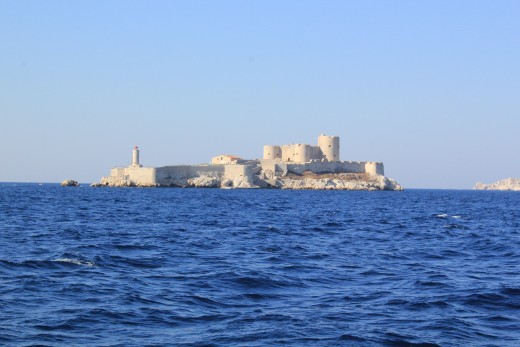
Outside of the City
A day trip out to Château d’If, about twenty minutes boat ride off the coast of Marseille is a must-do for any city break. The castle on a rocky island was immortalised by Alexandre Dumas’ book The Count of Monte Cristo. One of the most inconic castles and prisons in Europe. You can choose to visit only the island and castle, or also add a trip to Frioul island, part of the National Parc Calanques and full of great walks and small beaches.
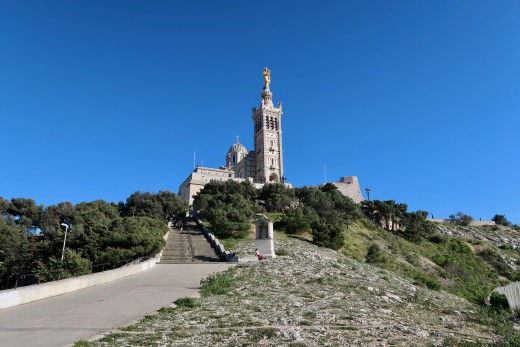
Getting There and Getting Around
Marseille Provence airport about 20km away from the center or sky to Nice and then 2 to 21/2 hours by bus or train. Walking round the center makes sense over the relatively compact city center, or rent a bike. Marseille has a bike rent system in stations across the city. For those things further out there is good public transport. A metro, bus and tram service and tourist train for some of the main sights mean its easy to get around.
If you are in town for a while and plan on visiting a lot of sites then a City Pass Marseille includes unlimited rides on the metro, buses, tram, tourist train, the boat journey to Château d’If, plus free access to the museums and other discounts for use across the city. It can be valid for 1 to 3 days.
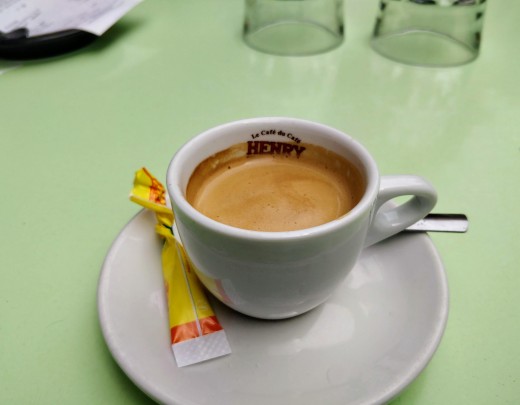
One More Thing
- One book: The Count of Montecristo
- One movie: Borsalino
- One song: Je danse le Mia by IAM
- One drink: Pastis
- One dish: Bouillabaisse
Pin Me!
If you liked this post please think about pinning it!
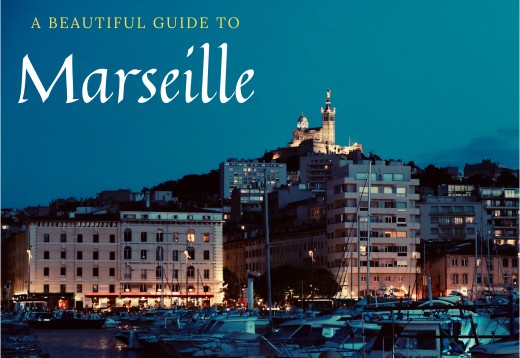
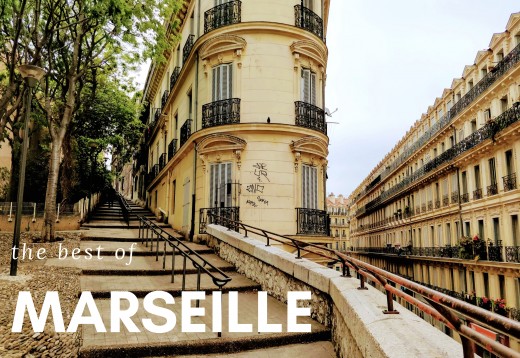
© 2019 Lewis Martin


